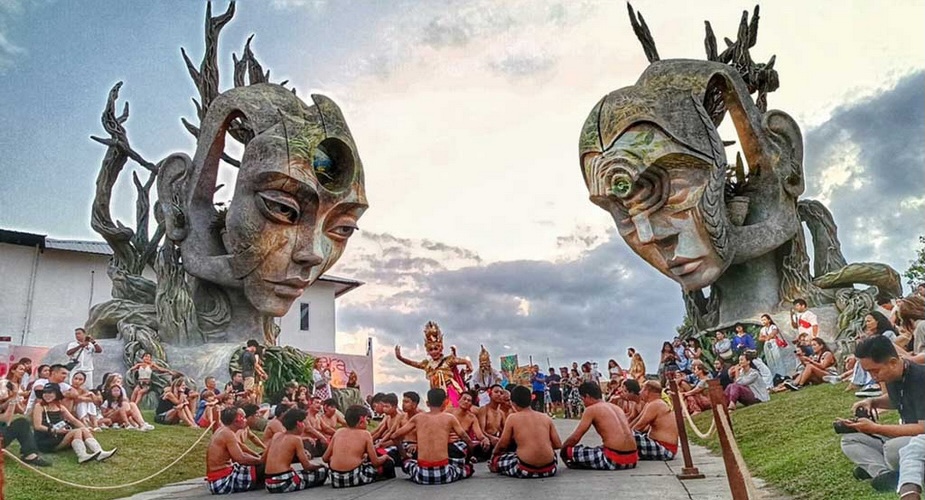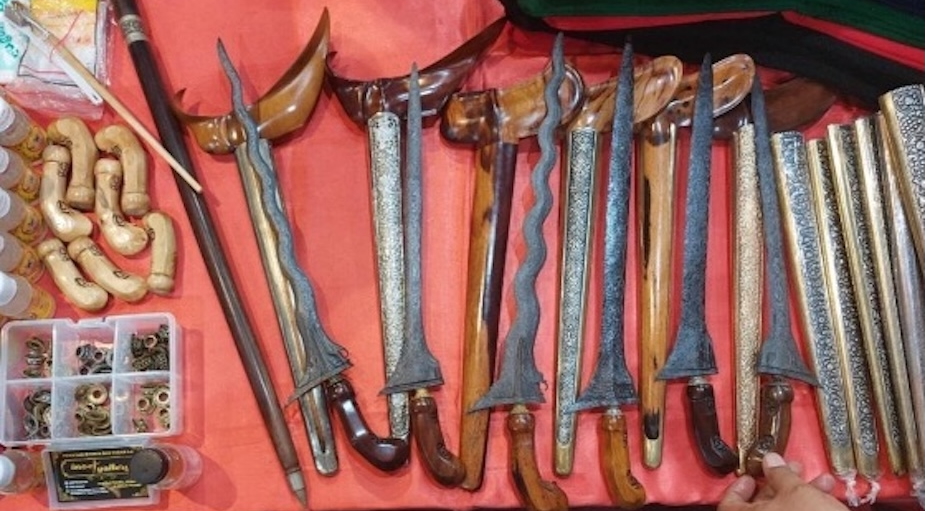Photo essay
Vania Djunaidi
Three hours bus ride from Semarang in Central Java is Lasem, a small city with a rich history as one of the first coastal settlements of Chinese, who came seeking trading and business opportunities in the archipelago beginning in the 13th century. Many visitors come to Lasem for its famous ‘Batik Tulis’, a style combining Javanese and Chinese motifs and colours, revealing a merging of cultural influences.
The city is known as ‘Little Tiongkok’ (‘Little China’) with many preserved Chinese and Javanese influenced homes and temples dating back to 15th century, in the villages of Karangturi and Babangan. The commitment to heritage preservation of its hybrid Chinese and Javanese architectural treasures reveals the high level of cultural tolerance and mutual respect amongst the people of Lasem. This is a rare example in Indonesia, which has a history of resentment and violence towards the Chinese perpetuated under the New Order regime era from 1965-1998.

When I visited the famous and highly instagrammable ‘pink temple’ Cu An Kiong Temple at Jl. Dasun, I was greeted by a monumental statue capturing the battle between the VOC (Vereenigde Oostindische Compagnie (United East Indies Company)) and Javanese and Chinese troops in 1740-1743. Beneath the monument is a plaque summarising the battle, describing the death toll as one of the highest within East and Central Java, and commemorating its contribution to the independence of Indonesia as a nation. This historic event stands as a symbol of the tolerance, harmony and mutual respect among the people of Lasem.


‘It does not matter if you are Chinese, Muslim, Chinese-Christian, Chinese-Muslim, we are all the same’, said the woman who was minding the Gie Yong Temple at Jl. Babangan. Although the temple was empty when I arrived, it is her responsibility to open and take care of the temple every morning as many of her brothers and sisters have moved away to other cities inside and outside Java seeking better job opportunities. When asked if the temple gets busy during Chinese New Year, she shook her head and responded that it is ‘biasa-biasa saja, kayak sekarang’ (just the ordinary, like now).

Her story reveals Chinese Peranakan traditions are fading and becoming forgotten within a city that is strongly tied to a history of Chinese migration to Indonesia, but also to today’s reality of rural migration to the cities. It seems that its architectural fabric is all that remains of the historical evidence that has shaped this city. Many of the Chinese-influenced architectural homes have been turned into accommodation for tourists, like Rumah Oei (pictured above), where I stayed during my visit. The hope is that the industry can attract foreigners and boost Lasem’s potential as a tourist destination. However, since the train service to Lasem was closed in the 1990s, poor transport options and little promotion of the city means that it remains quiet and still far from experiencing the sort of tourist numbers visiting other parts of Java.




Lasem’s architectural fabric encapsulates the diversity of Indonesia within its past and future, and may be among some of the last fragments of Chinese settlement in Indonesia. Its preservation should be of high importance for whilst it represents Indonesia’s enriched multicultural history it also acts as evidence that cultural tolerance and recognition of diversity can be achieved within modern Indonesia.
Vania Djunaidi (vania.djunaidi@gmail.com) studies architecture at University of Technology, Sydney. She is interested in Indonesia's built environment and its social and cultural impacts. All images: Vanie Djunaidi.












